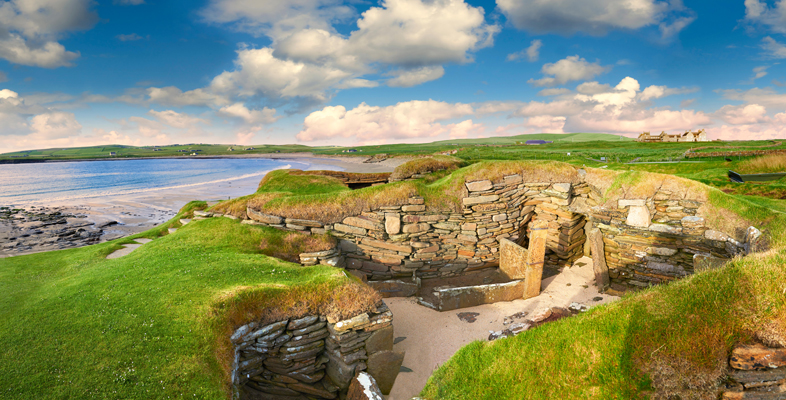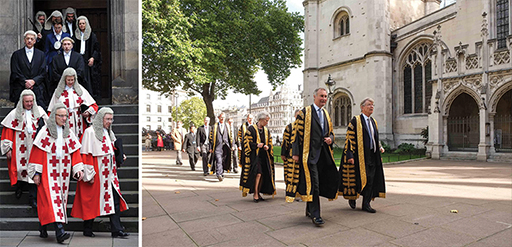1 Judicial precedent
In Week 4, you considered aspects of Donoghue and learnt how this Scottish case became the first case in the United Kingdom to lay down the elements of the delict of negligence (the tort of negligence). As part of your exploration of legal reasoning used you will explore how the judges in that case came to their conclusions.
In earlier weeks you explored a number of keystone principles reinforcing the rule of law. The rule of law is a concept that underpins the UK’s constitution and democratic government. The principles state that laws need to be transparent, certain and consistent. They should also be consistently and fairly applied. In Scotland (which has both a civil and common law tradition), the principles are buttressed by the doctrine of judicial precedent (stare decisis) providing certainty and consistency.
Figure 1 is interactive. Click on each word to learn more about why these words are ascoaited with the rule of law.
Judicial precedent has two principles. Firstly, that a court is bound by the decisions of any court that is higher or, sometimes, of equivalent level in the hierarchy of courts. Secondly, that like cases should be treated alike. Once a decision has been reached in one case it can be relied on in all subsequent cases which have similar facts as an accurate statement of the law.
Judicial reasoning consists of both ratio and obiter passages. The ratio and obiter are statements that can be identified within a judgment. The statement which outlines the principle of law on which the decision is based (the reason for the decision) is known as the ratio decidendi of the case (ratio for short). However, identifying ratio is not always straightforward as a judge may also make statements which are peripheral. These are known as obiter dicta – things said in passing (obiter for short).
Section 2 now explores the reasoning process used by judges in reaching their decisions and which forms the basis for judicial precedent.

